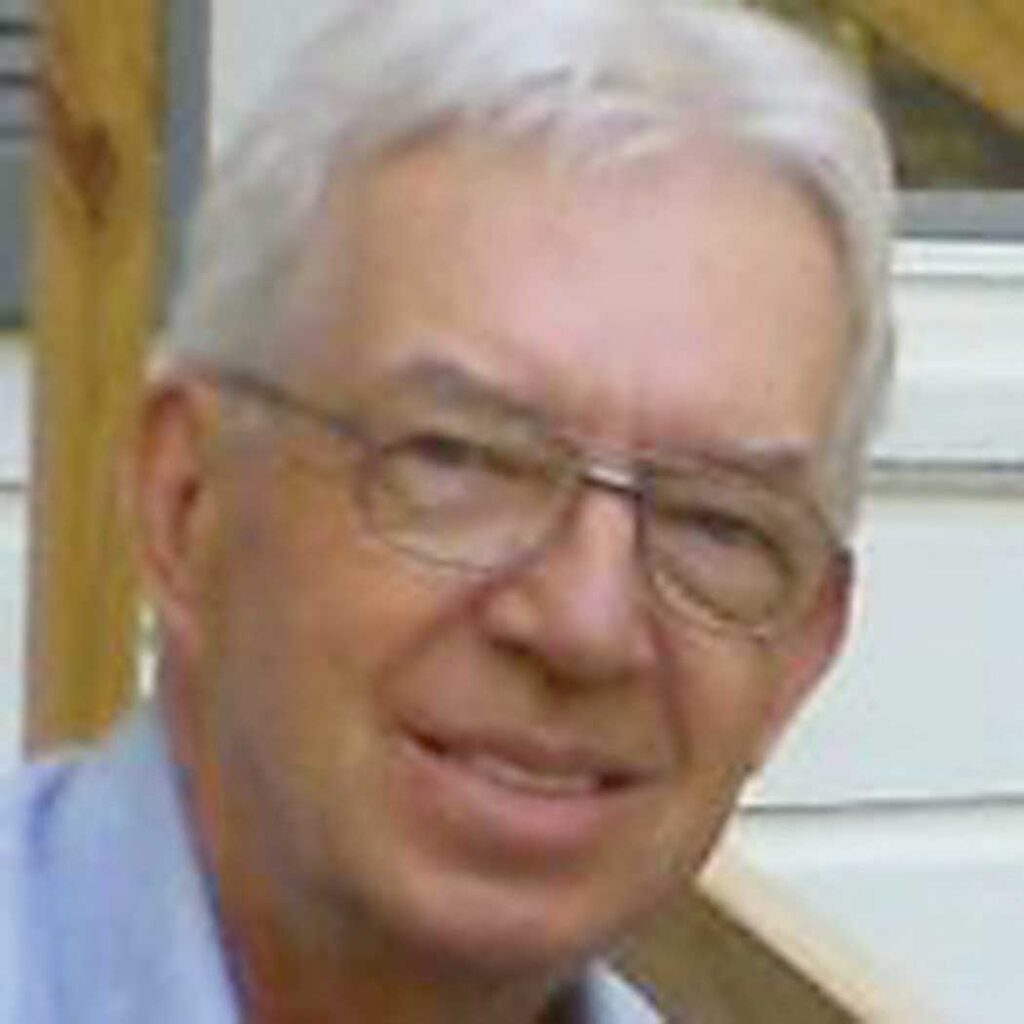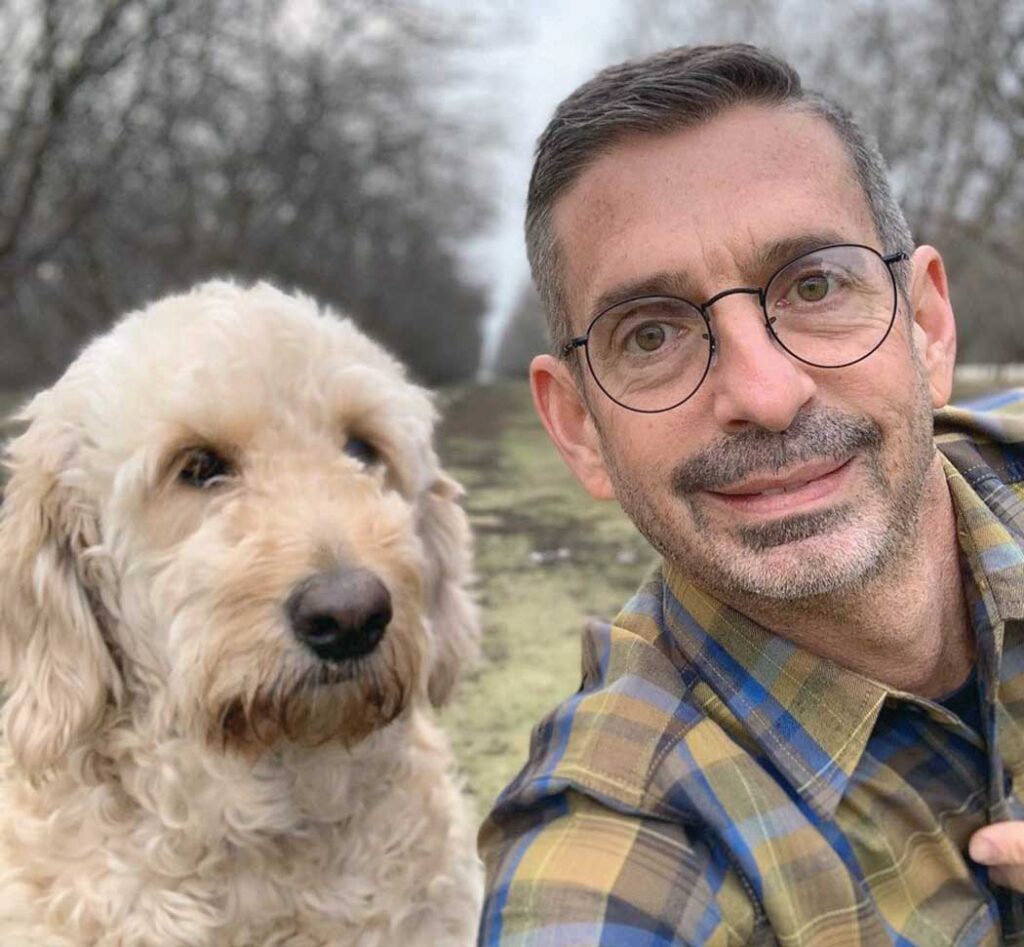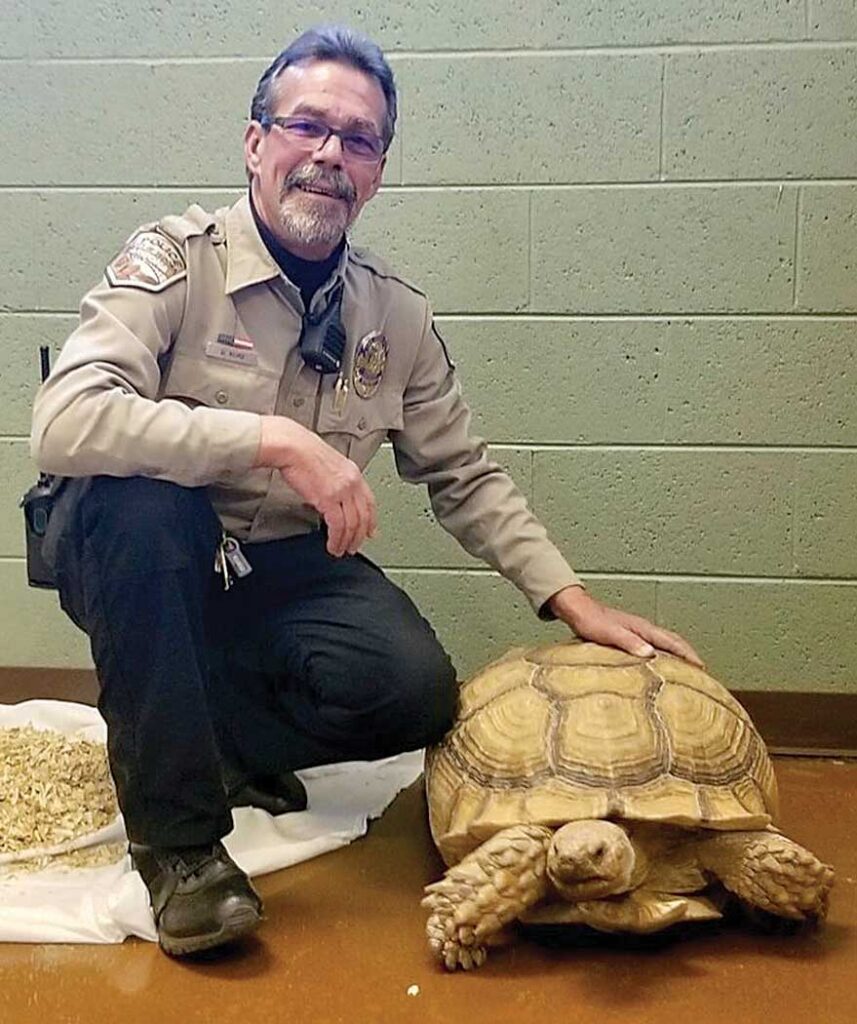By Jacqueline Vaughn
Maybe they’re out there, but they’re hard to find!
Sure, you’ve heard of the ones on TV, like Dog Whisperer Cesar Milan. And you might know about Cyrus Mejia, one of the founders of Best Friends Animal Society in Kanab, UT. Then there’s John Garcia, star of Dogtown on the National Geographic Channel, and Brandon McMillan from the Emmy-award winning series, Lucky Dog. And what about the phenomenon of The Vet Life on the Animal Planet Channel, starring three hot male veterinarians, Dr. Diarra Blue, Dr. Aubrey “AJ” Ross, and Dr. Michael Lavigne? They are men who have made it fashionable and even cool to show their love and affection for animals. There are some who believe these names are more recognized than any of their female counterparts in the celebrity world of veterinary medicine and animal welfare.
In the August-September 2020 issue of Flagstaff-Sedona Dog Magazine, we profiled three of the women who almost single-handedly run their own animal rescues in Northern Arizona, and in past issues, we have profiled other leaders in the field, both men and women. But in recent years, the number of men in executive roles, even if you include an expanded field that includes members of animal shelter Boards of Directors, has dwindled to the point where they are almost impossible to find.
This is somewhat surprising, given the fact that a recent national study showed that men are slightly more likely to own a dog than a woman (52% of men and 49% of women), and that men are also more likely to own a cat (37% to 33%). With all that love for animals going around, where are all the men in animal welfare roles in northern Arizona?
Some local men in leadership positions are not paid employees but volunteer their time to animal welfare as a community service. Ken Lamm, for example, serves as chair of the High Country Humane Society Board of Directors and has been an important leader in the northern Arizona animal welfare scene for years. Lamm retired in 2004 and moved to the area after 30 years as an international marketing and branding consultant specializing in Fortune 500 companies, working with numerous nonprofit groups prior to coming to Flagstaff.
He previously served as Chairman of the Board of Directors for the Wisconsin and Ozaukee Humane Societies, as former Chair of the Arizona Community Foundation (ACF) of Flagstaff Board of Directors, Vice Chair of the Grand Canyon Association Board of Directors, and as a Founding Member of STEM City Board of Directors.
As a member of ACF, Lamm initiated a $25,000 endowed fund to support grants to animal welfare groups within the community. He moved on to support a small organization, Paw Placement of Northern Arizona, encouraging the group to apply for the contract with the City of Flagstaff and Coconino County to run an animal shelter at the facility previously managed by Second Chance Center for Animals.
Second Chance opened in 2004 and closed in 2017, and with Lamm’s help, Paw Placement won the contract and re-opened as High Country Humane on January 2, 2019. Lamm is one of two men on the 11 member board. In comparison, while the majority of the members of the Board of Directors of the Humane Society of Sedona are men, all five of the paid leadership positions are filled by women.

Bill Larsen, who serves as Vice President of the Board of Directors of the Verde Valley Humane Society in Cottonwood, is the only male on the eight member board. He began his involvement with the shelter several years ago as a volunteer dog walker before joining the Board two years ago. He sees his role as more than someone who performs the duties of the president in that individual’s absence. “In reality, this position can often be more of a consultant to the president, sharing ideas and discussing possibilities.”
Tacy Pastor, the current executive director, works primarily with women as board members, paid staff, and volunteers.
Larsen admits that he doesn’t know why there are so few men working in this field. “Volunteering,” he notes, “has all the things a man looks for in challenge and reward and fun.” He adds that “men possess a whole set of skills needed by this community resource.”
If what Larsen says is true, then why are there so few men in paid leadership positions?
Municipal animal sheltering has frequently been criticized for having an employment revolving door. Personnel and personalities are always moving on to some other job, community, or career due to compassion fatigue, low pay, and few opportunities for advancement, especially in smaller communities. The comings and goings of shelter executive directors is exemplified by the recent experiences of Second Chance Center for Animals and the entity that replaced it, High Country Humane.
Sean Hawkins, who had previously worked as director of strategic partnerships for the American Humane Association in Washington, D.C. and as vice president of philanthropy for the Pet Alliance of Great Orlando, Florida, came to Flagstaff to serve as executive director of Second Chance with an impressive record in the field before the organization folded due to financial pressures in early 2017.

He professionalized the organization and brought in new strategies for increasing adoptions and marketing the facility, one of the few men running a local shelter in Arizona. He left Second Chance when it closed and was hired in May 2017 as executive director of the Santa Maria Valley Humane Society in southern California, but left that job in January 2020 to accept a position as Chief Advancement Office for the Charleston Animal Society in South Carolina. The organization has a paid staff of over 100 and an $8 million budget—a significant step up from both the Flagstaff position and the one in Santa Maria, both of which suffered financial woes that resulted in staff layoffs and programmatic cutbacks.
When High Country Humane opened in January 2019 in the facility previously operated as Second Chance, local Flagstaff resident Steve Conrad was hired as executive director. He brought with him a background in fundraising and grant writing and development positions with a homeless services program and with a nonprofit that uses art to help abused and homeless children.
He had no experience in animal welfare, but presumably, brought other skills he learned from working with groups and volunteers before being hired. Conrad served for only a short time before he, too, moved on.
The two men were followed by two women with years of experience in the field, Liz Bohlke, who served as the High Country Humane board’s treasurer prior to being named Interim Executive Director, and Liz Olson, who previously had served as the Director of Operations at the Humane Society of Sedona before being named Executive Director at High Country Humane in April 2020.
A similar revolving door has plagued the Verde Valley Humane Society. John Tamiazzo was hired as executive director of the nonprofit group after leaving his position with the Sedona Community Center. Prior to moving to Sedona, he spent much of his career in Santa Barbara teaching consciousness psychology and health and wellness courses, and serving as executive director of the Jodi House Brain Injury Center and in Ventura County with the Brain Injury Support Group.
In July 2020, Tamiazzo was hired as executive director of Showers of Blessing, which provides services to the Santa Barbara area’s homeless. Like Steve Conrad, Tamiazzo had no animal welfare experience but had worked with nonprofit groups.
Michelle Ryan is unique among the region’s animal welfare administrators. She began working for the Coconino Humane Association in 2003 as the Book Keeper, moving up to the position of Office Manager, then Director of Operations and eventually, to Executive Director.
Over the years, she has built up a strong network of community supporters, mentored others in the field, become a visible spokesperson for animal welfare, and established herself as someone who is invested in northern Arizona.
But does gender really matter? In her 2018 study of gender and leadership in animal sheltering organizations, Dr. Jennifer Blevins Sinski of the University of Louisville found striking differences in those led by women. She found that not only were women more likely to score higher on several areas of organizational leadership and altruism, there were lower rates of canine euthanasia in women-led organizations. In addition, women, unlike men, tended to see animals as central to their identity as individuals. Those qualities may be the reason why the executive directors of all four of the Northern Arizona shelters are now women.
So where are the men?
One area where they have historically found a niche is the embattled environment of animal control, and the pejorative role of “dogcatcher.” This field has traditionally been dominated by men, undoubtedly because most animal control agencies have been attached to law enforcement agencies—another career that has somewhat recently opened up to women.

Gene “Rock” Kurz, who works for the Sedona Police Department as a Community Service Officer, is somewhat affectionately known as “Deputy Dawg” although his job is vastly expanded from the guy with a catch pole of old. He can be found at the city’s dog park or Yappy Hour reminding dog owners of the need to purchase a dog license, but he also attends social events for the Humane Society of Sedona, where his wife, Natalie Kurz, is a member of the shelter’s Board of Directors.
Another career in animal welfare where men are beginning to be seen more often is among the animal care staff and veterinary technologists and technicians—the boots on the ground of any shelter.
Although one study found that nearly 3/4th of non-farm animal caretakers who work in an animal welfare setting were women, that picture is changing. The U.S. Bureau of Labor Statistics reports that employment of veterinary technologists and technicians is projected to grow 16% from 2019 to 2029, much faster than the average for all occupations.
As veterinarians continue to use their staff to do general care and lab work on household pets, the number of jobs openings is increasing, with positions open to trained caretakers regardless of gender. Many of them are Millenials like Antonio Lopez, Animal Care Supervisor at the Humane Society of Sedona.
He has worked at the shelter for about four years, and originally applied for the job, he says, on a whim. But like many his age who are looking for more than a paycheck or a career ladder to climb, Lopez now feels like he has made a difference at the end of the day. “All the hours and work you put into them really shows when you see that scared cat in a home, or dogs that were too frightened to allow you to pet them seeking affection and asking for pets.”

